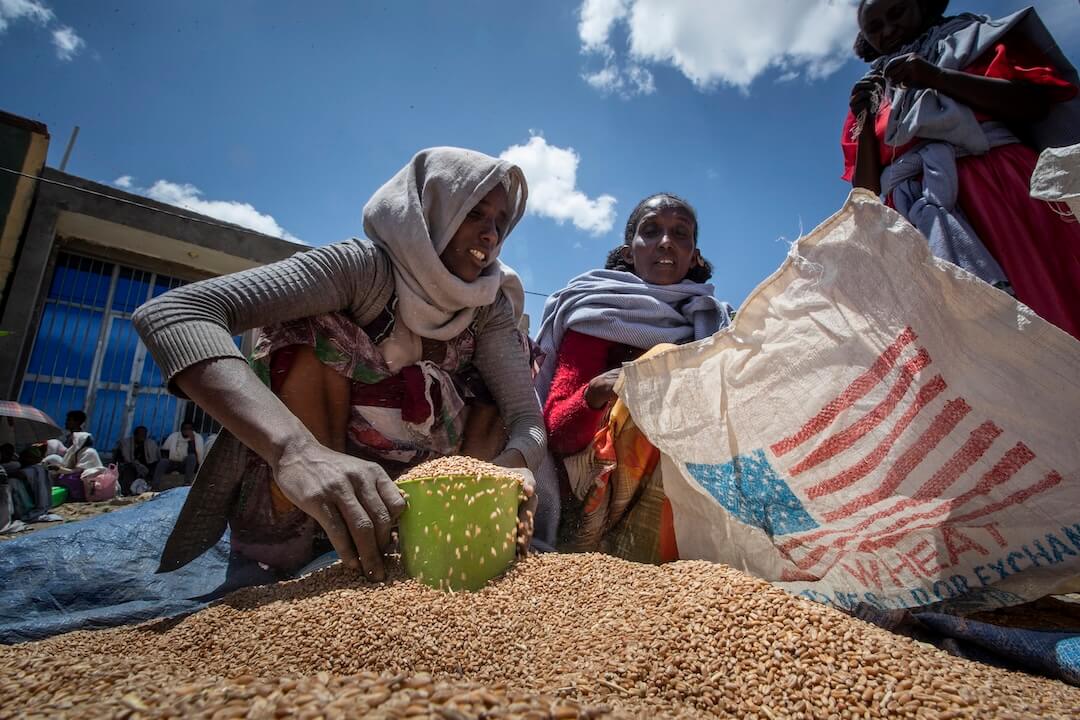With Hurricane Laura picking up strength and heading toward coastal Texas and Louisiana, it’s time again to prepare for how to cover deadly and dangerous weather.
During previous hurricane seasons, we pulled together a page of resources on covering hurricanes. Now we’ve got lessons from covering Maria in Puerto Rico and Harvey in Houston, as well as valuable (and occasionally humorous) contributions from colleagues. Here’s a roundup:
Get your stuff ready
Here’s some of what Martin Merzer, who worked for the Miami Herald, told his staff before big storms hit:
- Don’t use your own car. Rent a car. Despite company policy, take every form of insurance offered by the rental company. Don’t park the car under a lovely old tree or in a low spot near the motel.
- Also try to keep an eye on your car. After Andrew and other storms, some of us had our gasoline siphoned as we were out and about reporting. (The joke was on the siphoners — they got low-test Herald gasoline.)
- Plug in and charge everything you have — laptop, cellphone, sat phone, everything — and keep them charged.
- Carry cash, a lot of it. When electricity fails, credit cards become nothing much more than toothpicks.
- Bring stable rations and plenty of water. Raisins, crackers, cereal bars, etc. Lots and lots of them, and some sports drinks and lots of small bottles of water — a case or more. You’ll need enough for yourself, and they work as friend makers/quote generators if you pass them out to emergency workers and storm victims.
- Bring wetnaps, diaper wipes, etc. They will come in handy if you can’t shower. Also a bottle of Purell or any other anti-germ hand gel.
- Work boots are better than running shoes insofar as they offer more protection from nails, snakes, etc. Also, don’t forget a lightweight rain jacket or suit — make sure it is waterproof, not just water resistant. Bring the Timex, not the Rolex.
- Sunscreen. Sun hat. An old-fashioned road map. Flashlights and lots of batteries. Cans of tire inflator. Top off your gas tank every single chance you get. Think ahead and use common sense and don’t wait until you’re in the projected impact zone to buy the stuff because none will be left.
- Bring pencils. They work better in the rain than pens. Also, bring a USB thumb drive for your computer. It will come in handy if you can’t transmit your story but someone else has a connection.
Our readers have a few more tips:
- “Canned tuna,” tweets Pulitzer-winning Washington Post reporter Carol Leonnig. Another reader suggested in-the-pouch, just-add-water tuna.
- “Bring rubber boots, rite in the rain notebook, decent hat and an extra can or two of gas for the car—or someone else’s,” writes Ben Kesling of The Wall Street Journal, who also weathered Iraq and Afghanistan in the U.S. Marine Corps.
- “Bring your humanity,” writes Amy Worden, who recounts covering Katrina with a young reporter who rolled down his window and asked weary survivors, “Where are the bodies?”
- “Duct tape always seems like a good thing to have. Army knife has both the can and bottle openers,” writes Joey Brookhart.
Get yourself ready
Last year, the Houston Chronicle’s then-managing editor shared 13 tips from covering Hurricane Harvey, including this one:
- Prepare yourself psychologically for what you’re about to do …
Vernon Loeb got four days worth of sandwiches and took a sleeping bag and inflatable bed to the newsroom the day before the storm hit.
“… In our case, cover the millennial inundation of our homes and neighborhoods – and prepare for life without any creature comforts for days,” he said, “so that you can fully immerse yourself in what you need to do as a journalist.”
This year, editor Nancy Barnes reflected on how Harvey changed the paper’s workflows and thinking — including an appreciation for the basic information in a time of crisis.
“Some of the content that did the best in terms of digital traffic, for example, were interactive maps showing which roads were safe to drive on, what grocery stores were open, how to get emergency medical help, basic utility information,” she said.
In Puerto Rico, the former editor of the island’s biggest paper says 2017’s Hurricane Maria forced various media outlets to collaborate as never before — and now they have a plan to do so going forward. The hurricane also built the expectation that everyone who works for media, whether they deliver papers or sell ads, can be a reporter or photographer in a pinch with their cellphones, said Luis Alberto Ferré Rangel.
Get your tools ready
Newsrooms across Florida, Texas and Puerto Rico camped out to cover their communities as the storms there hit.
But don’t forget what you can do online. Poynter’s Ren LaForme spoke with me last year about the newsrooms that made use of Facebook groups to communicate with their communities during the worst of it. LaForme also pulled together a list of other digital tools that newsrooms used, including Nextdoor and Zello.
Get ready for misinformation
Poynter’s Daniel Funke shared seven tips for avoiding misinformation about hurricanes. They include:
- Get updates from the National Hurricane Center and the National Weather Service
- Use Google reverse image search
- Be wary of language that includes “record-setting”
Learn from what journalists have messed up before
Last year, Melody Kramer looked at mistakes journalists made in covering Hurricane Katrina. One of those was that national journalists didn’t take the time to understand the local context.
“I think a lot about how we cover race, and from that angle, Katrina is a real black mark on journalism,” said Kathleen Bartzen Culver, the assistant professor and James E. Burgess Chair in Journalism Ethics and director of the Center for Journalism Ethics at the University of Wisconsin Madison.
“We tended to completely over-report on poorer black residents of New Orleans because middle and upper-class people — White, Black, Latino, Asian — were much more likely to get out of town. So coverage was tilted on questions of race and class. Now we have even fewer jobs in journalism and that lack of people on the ground can result in a skewed picture overall when national news organizations sweep in.”
For more resources, check out this collection.
Kristen Hare covers the transformation of local news for Poynter.org and writes a weekly newsletter on the transformation of local news. Want to be part of the conversation? You can subscribe here. Kristen can be reached at khare@poynter.org or on Twitter at @kristenhare.
This article was originally published on Sept. 10, 2018. It has been updated.







